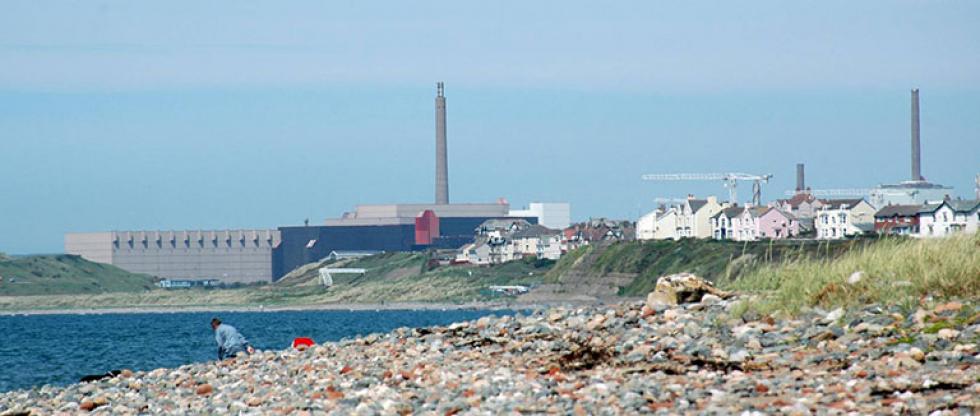

This might seem an odd thing to say from someone who is in the image business.
A few years ago on a family holiday, we booked a stay in a 'beautiful' Lake District cottage. In a time pre-google street view, the photographs of the property on the landlord's website were all we had to go off, showcasing the beautiful setting and the idyllic coastal views. Only when we arrived at the cottage, did we find that all these photographs had been taken looking in one direction, so as to not include the nuclear power station dominating the view in the other!

An extreme example, perhaps, but in our instant gratification culture, I'm seeing too much reliance on visuals to convey every single aspect of a proposed development, and it's impact on a city, on a community, and creating a sense of place. To communicate the spirit of a design intent, the developer's vision, the architect's concept, the interior designer's finish, the technician's detailing, the marketeer's lifestyle, the strategist's positioning, the list goes on. To rely on a single image, or even a set of images, to capture and communicate all this can be asking a lot.
In our visualisation work, we often find ourselves working with several stakeholders - all wanting the images to achieve related, but often quite different things. An architect, quite rightfully, will want his scheme portraying accurately and emotively, with all the subtleties that they have considered through the scales from 'district to doorknob'. A marketing director might be less interested in these concepts, of course, and more interested in what will sell, what will excite, how the project is positioned, it's key messages away from the bricks and mortar.
We will try and simplify the process, and work with our clients to identify a few key messages. What's the story? What's the vibe? Who's the audience? What particular sense of place do we want to evoke? How should this feel? And then we challenge ourselves about how we should do that, and what storytelling opportunities we should employ.
Just because photo-real CGI is possible, doesn't mean that it's appropriate for every project. And especially when it comes to the people. Just who are all these people who inhabit this strange hyper-real CGI world? Why are they there? What are their stories? Buildings are for people - but let's not always represent the buildings so fantastically, or the people so literally. Our cities are in many places tougher, more random, and more disparate than the CGI perfection we sometimes present them as. There's a place for beauty and perfection of course, but this might not be it.
“Use other channels and outputs to explain the challenges, the constraints, the process, the whole story.”
With images proliferated at a staggering rate to a connected audience, press articles generate instant comments and feedback that can create fiery debate based on a single image, a building identity, a headline. With people jumping to snap judgements based on these images, a scheme's success can literally live or die by these images - or at least create a PR challenge.
I would argue that a client should always look to a more rounded form of storytelling - one which conveys the often months and years of late nights thrashing out design iterations, cost plans, feasibility plans, planning committees, consultations, section 106 agreements, the neighbours....... There's usually a lot to say, a journey to evoke, several stories to tell - and often all this talent and thinking is expected to be carried through a single visual?
So we often say to our clients - yes, use CGI to portray the 'best bits' of a scheme, in it's 'best light'. Amp up the opportunities, and the positives, but accept that the audiences may be cynical at times. Use other channels and outputs to explain the challenges, the constraints, the process, the whole story.
Don't just leave it to a chance encounter and a first impression.
Ben Davies
10 February 2014